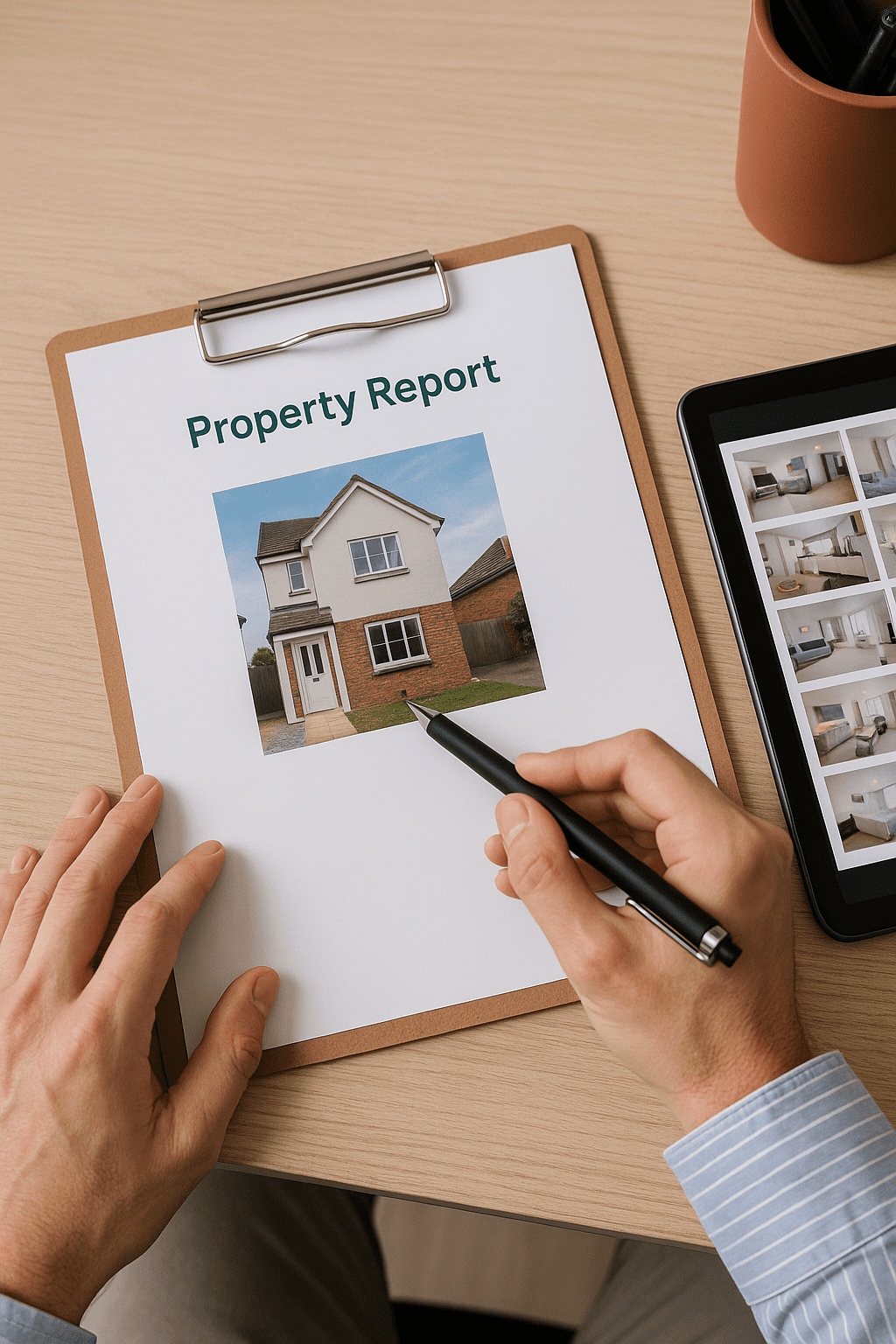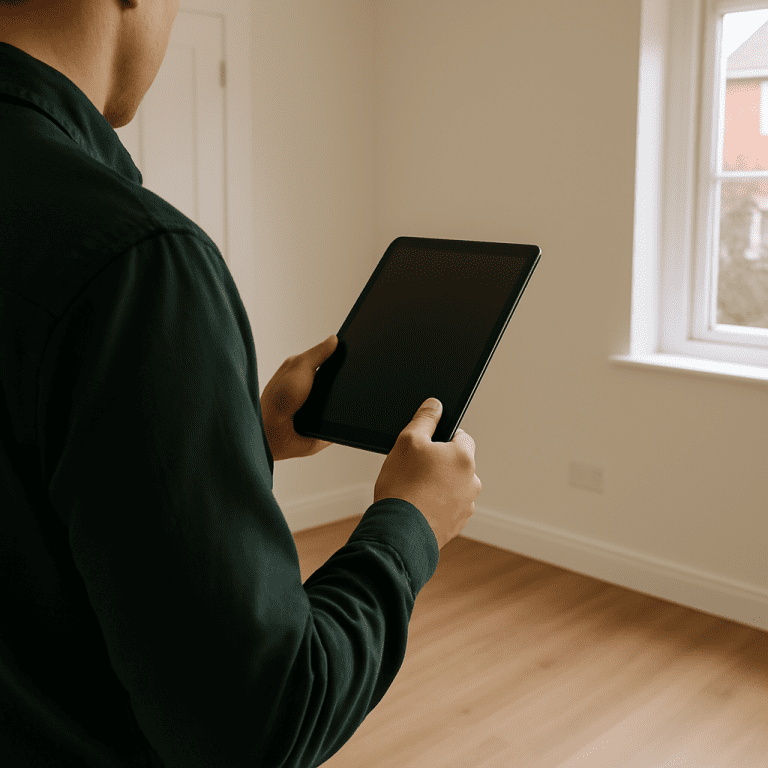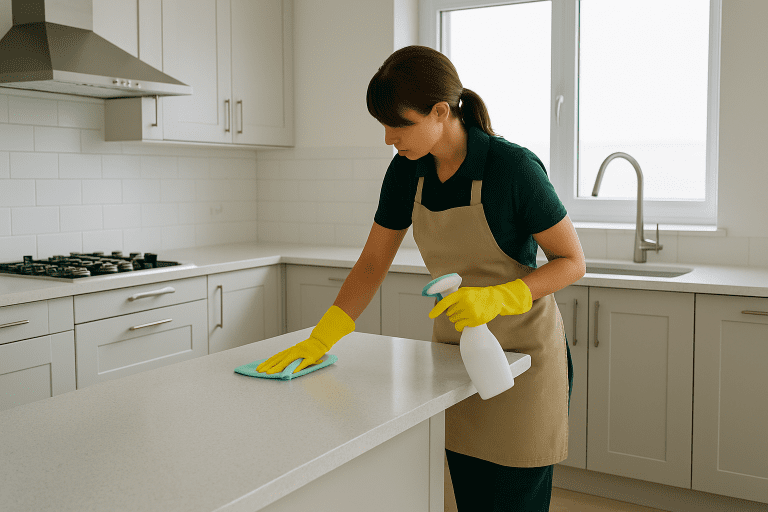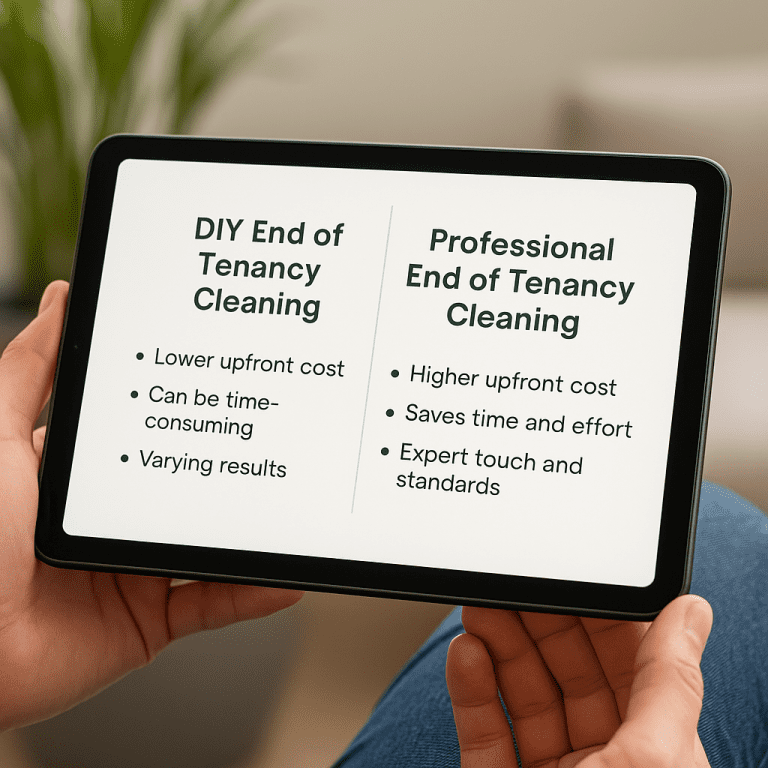Why Photographic Evidence in Property Reports Matters
Why Photographic Evidence in Property Reports Matters
When it comes to rental properties, the phrase “a picture is worth a thousand words” has never been more true. Photographic evidence in inventory, check-in, and check-out reports isn’t just useful — it’s essential. It protects tenants, landlords, and letting agents alike by creating a clear, timestamped record of the property’s condition at key stages of a tenancy.
1. Visual Proof Reduces Disputes
Written descriptions can be interpreted differently by each party. A scratched wall or damaged carpet might be described as “worn,” “heavily marked,” or “moderately damaged” — but a photo removes ambiguity. This becomes especially useful if a deposit dispute arises and needs resolution through a deposit scheme like the Tenancy Deposit Scheme (TDS).
2. Protecting Tenants Against Unfair Claims
Photographs help tenants prove that a property was returned in good condition. If damage already existed at the start of a tenancy, clear photographic records from the check-in report ensure tenants aren’t blamed (or charged) for it at the end.
3. Supporting Landlords in Recovering Costs
On the flip side, landlords can use high-quality images to show deterioration beyond fair wear and tear — strengthening their position in reclaiming the cost of repairs or cleaning from the deposit. This is especially important for high-traffic areas like kitchens, bathrooms, and flooring.
4. Creating a Professional, Trustworthy Report
At estateServices Inventories, every inventory and check-out report we create includes embedded photographic evidence, laid out clearly alongside detailed written observations. Our reports are designed to stand up to scrutiny — whether from letting agents, tenants, landlords, or adjudicators.
5. Timestamped Images Create a Legal Record
Photos with metadata (date and time) become especially important when tenancy agreements are under legal review. Even without metadata, embedded photographs in signed reports help document the agreed condition at key moments.
6. Better Communication = Better Outcomes
Visual records help letting agents communicate expectations clearly. If a property needs cleaning, repainting, or repairs before re-letting, photos help speed up maintenance processes and improve clarity between all parties.
Where Are Photos Most Important?
- Kitchens (appliances, countertops, cupboards)
- Bathrooms (tiles, toilets, sinks)
- Walls and floors (marks, dents, wear)
- Windows and doors (frames, handles, locks)
- Outdoor areas (gardens, sheds, driveways)
Choose a Report Provider That Prioritises Clarity
Don’t settle for outdated reports. If your current provider uses basic templates or omits clear photography, it could leave you vulnerable. At estateServices Inventories, we use tablets on-site to capture high-resolution photos and build reports that are both professional and easy to understand.
Helpful Resources
- Check-In & Check-Out Reports
- End of Tenancy Cleaning
- GOV.UK: Tenancy Deposit Protection
- TDS: Deposit Dispute Guidance
If you’re a landlord, tenant, or letting agent — make sure your reports are built on more than just words. Photographic evidence protects everyone.







